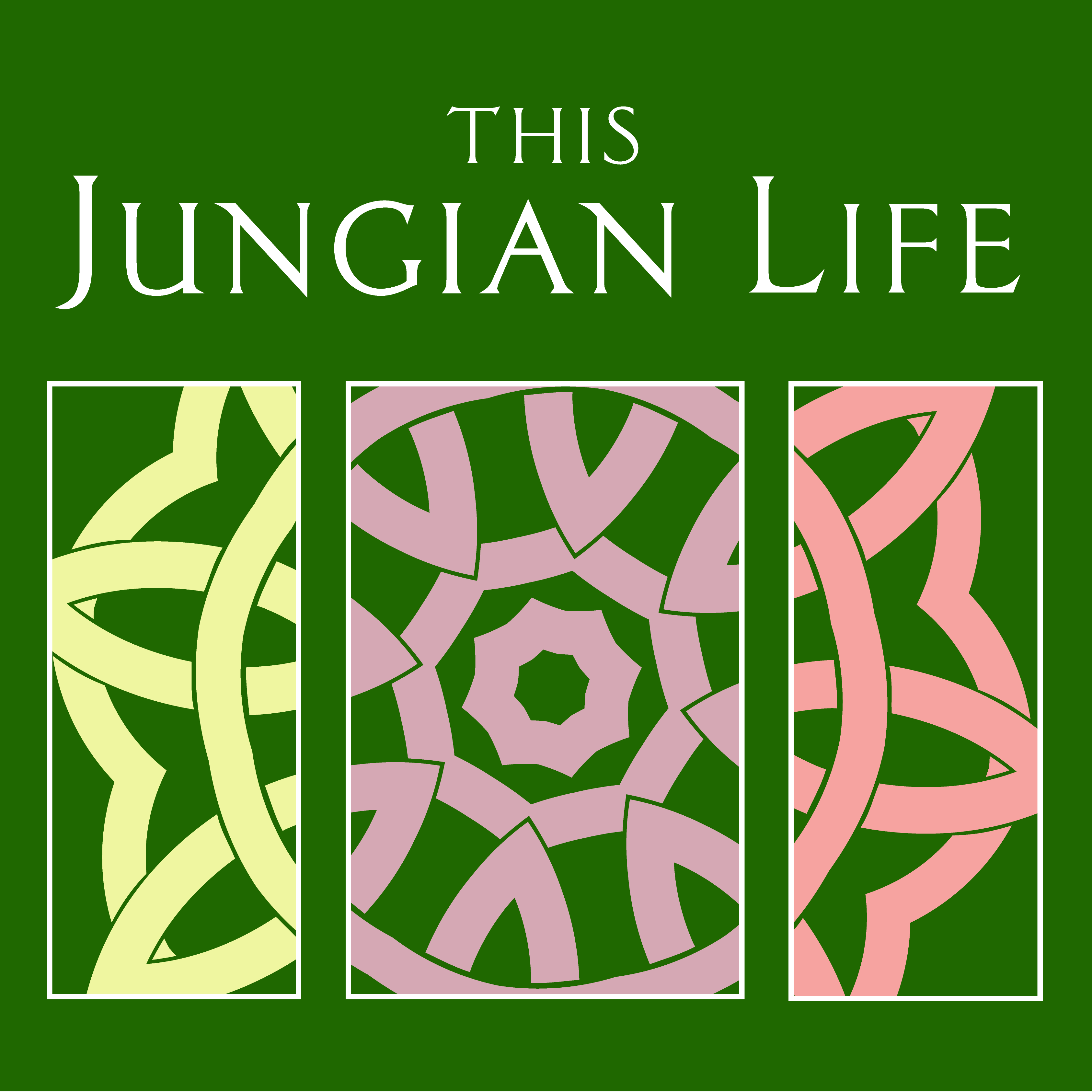
The hero’s journey has been the stuff of story from earliest times. Today’s popular heroes include Harry Potter, Frodo, Spiderman, Neo, and Luke Skywalker. They are all ordinary guys who suddenly receive the Call to Adventure, mythologist Joseph Campbell’s term for the beginning of the journey.
The would-be hero first declines, then answers the call; he suffers tests and trials, succeeds with help from unexpected sources, and returns with the gifts of all he has learned. The hero’s journey is the human story–we are all called to be more, often in seemingly mundane ways.
As we go to work, raise children, and experience setbacks, we are called to sacrifice personal interest and ego-driven desires for the sake of something greater. The hero’s journey is a metaphor for the inner adventure Jung described as individuation, ‘the treasure hard to attain’ and life’s true goal.
Dream
“The dream consisted of 3 segments. In the first, I was outdoors, looking up, observing a group of men, they were engaged in some project involving large, structural pieces of architecture e.g. old stone walls. One item was made of clay and included a large carving, I think it was of a face. The men had made a mistake in handling the clay, so that it appeared to have become moldy: white spots had appeared on it. I thought or heard a voice saying something like “they didn’t appreciate that the clay is alive, it breathes, it absorbs and retains moisture.” The men were trying to remedy the situation: they poured red wine on the clay, as if that would destroy the mold. In the second part of the dream, I was indoors with other women, in a small, bright jewelry shop or workshop. A young woman had brought a tiny, delicate watch that had broken. She also brought wonderful, intricate drawings of the watch and the repairs needed. With another woman, I began planning the repair. I was confident we could repair it, but my companion was fretful, fearing we wouldn’t be able to. Her worries didn’t seem to interfere with my confidence. I continued to explain two possible ways we could repair the watch. In the third part of the dream, I was neither clearly indoors nor outdoors, but in a large, bright space, seemingly boundless, maybe like a marquee or gazebo outdoors. A woman had given me a task: I was to write, beautifully, the list of guest names for a wedding. A man was nearby, I think he was somehow involved, too. He was a little effeminate. I was left pretty much alone, and the paper with the names was crumpled and stained.”
References
C.G. Jung. Memories, Dreams, Reflections (Amazon)
James Hollis. Mythologems (Amazon).
Joseph Campbell. The Hero with a Thousand Faces (Amazon)

Hello, I’m a new listener and I’ve immediately fallen in love with this podcast. I listened to this and felt the need to offer an additional perspective from which to analyze the dream. In my view, the three parts of the dream represent the dreamer’s interpretation of the past, the present, and their projection of the future. In the first part, an art project is underway and she is disallowed from participating in it, which is equivalent from her being disallowed from pursuing an art career. She feels irritated and grieved the men had damaged the clay, which is what I would feel if I was similarly thwarted in my pursuit of what I find worthy of pursuing. It leads me to believe that she identifies with the clay and that the molding of the clay is in fact analogous to the molding of her character in her youth, furthermore reinforced by the fact that the clay is somehow irreparably damaged. Does the dreamer herself feel irreparably damaged for not pursuing the art career in her youth? Of particular interest is the fact that the men are trying to fix the clay with red wine then. What does the red wine symbolize, i.e. what is the dreamer attempting to use or do to repair this perceived damage?
In the second part of the dream, the dreamer reports feeling confident she can repair the watch, but nervous because “as a woman she is relegated to small indoor tasks”. The masculine element is absent in this part of the dream implying perhaps that the dreamer feels she has no agency in the present, that she is merely doing what is expected of her as a woman.
Finally in the third part the masculine part of her emerges effeminate, suggesting that the dreamer had perhaps symbolically castrated the masculine within, or that she would have to in order to pursue the career she had now chosen, which she believes is appropriate to the gender role she is expected to play.